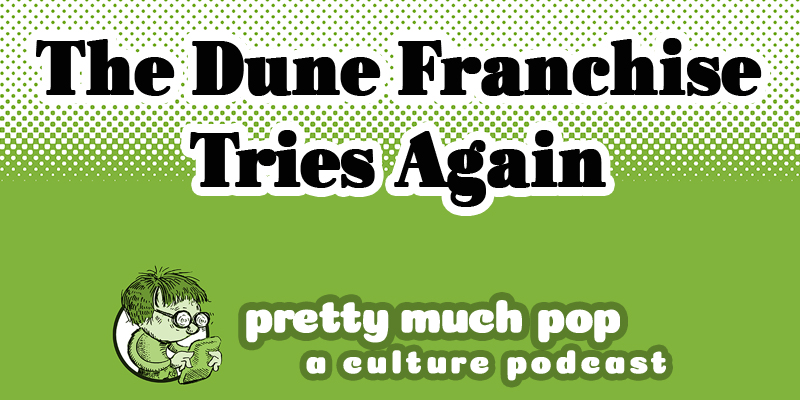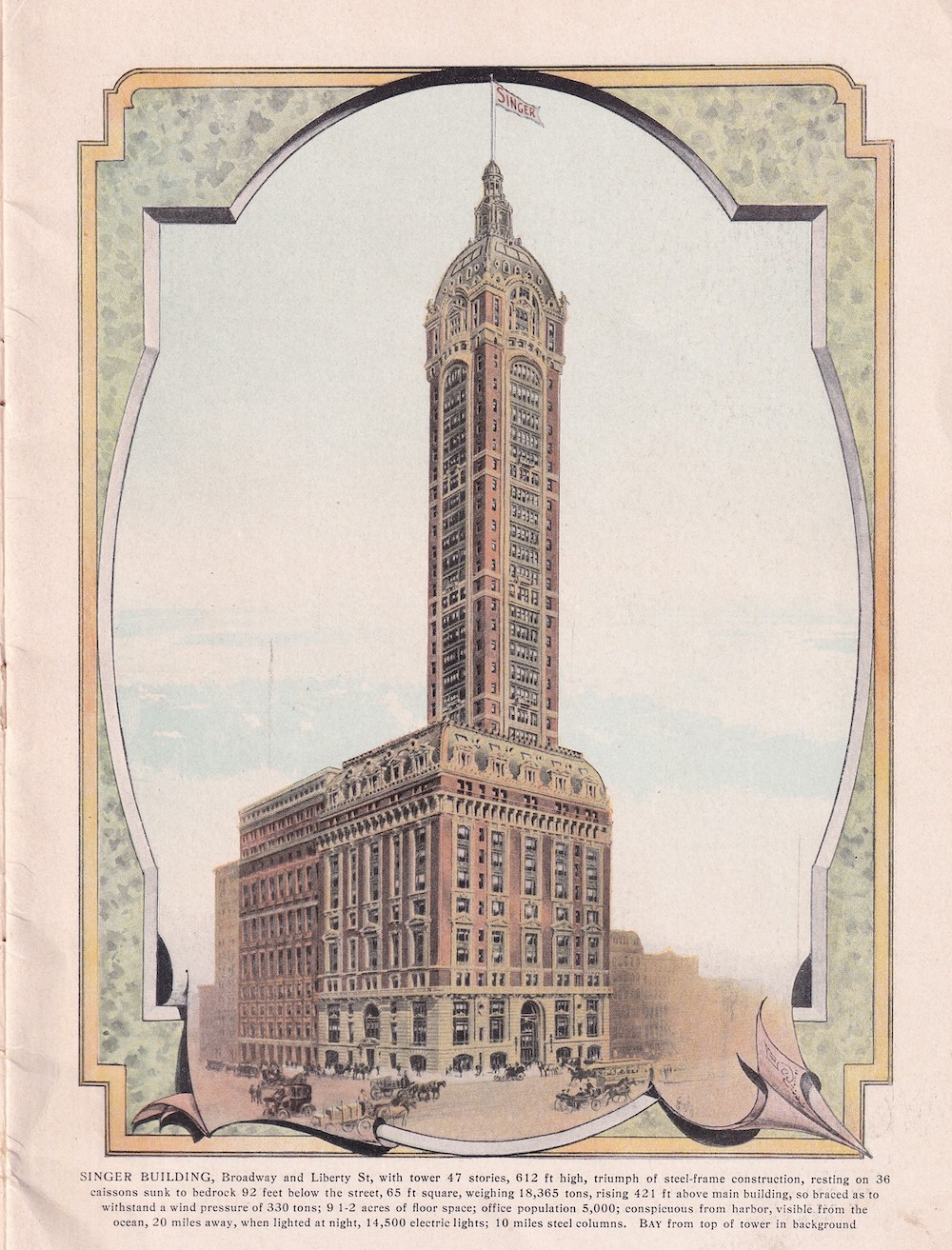We’ve all given at least a little thought to “Bohemian Rhapsody.” I myself happen to have given it more than a little, since I and all my classmates had to learn the song and sing it together back in seventh-grade music class. But I haven’t given it as much thought as music Youtuber Polyphonic, whose exegesis “The True Meaning of Bohemian Rhapsody” appears above. “The apex of the 1970s rock experiment,” Queen’s six-minute rock epic “somehow manages to take the transformative structure of progressive rock and shove it into a form that could be a radio rock staple and sell out arenas worldwide.” It also delivers “an operatic breakdown, a legendary guitar solo, and iconic lyrics that perfectly walk the line between grounded and cryptic.”
Like all the best lyrics — and especially all the best lyrics of elaborately produced 1970s rock — the words to “Bohemian Rhapsody” invite all manner of readings. Polyphonic opts to take the concept of reading more literally, visually rendering his interpretation of the song through a set of tarot cards.
Within this traditional framework, he makes the thoroughly modern choice of grounding these often fantastical- or even bizarre-sounding lyrics in the sexual identity of Queen’s lead singer. Born in Zanzibar to a conservative Indian family, the boy who would become Freddie Mercury would have had more than one reason to feel out of place in the world. Do we have here an artistic sublimation of his personal isolation, alienation, and self-reinvention?
When it was released in 1975, “Bohemian Rhapsody” met with a critical reception here and there impressed, but on the whole indifferent or perplexed. Perhaps the song was simply too much, not just musically but culturally: it draws in a seemingly haphazard manner from the realms of cowboys, of opera, of Christianity, and of much else besides. But to Polyphonic, all these elements reflect the central theme of Mercury’s survival in and ultimate defiance of a hostile world. “In the end,” his character realizes, “people’s minds are not going to change, and his own identity isn’t going to change, so there’s no use hanging on in fear. Armed with this knowledge, Freddie Mercury completes his magnificent transformation and ascends to rock godhood.” Such an interpretation was far from my own mind in middle school, admittedly, but there were no doubt other students who could feel the powerful inspiration this sonic spectacle continues to offer.
Related Content:
1910 Fairground Organ Plays Queen’s “Bohemian Rhapsody,” and It Works Like a Charm
Watch Queen’s “Bohemian Rhapsody” Acted Out Literally as a Short Crime Film
Based in Seoul, Colin Marshall writes and broadcasts on cities and culture. His projects include the book The Stateless City: a Walk through 21st-Century Los Angeles and the video series The City in Cinema. Follow him on Twitter at @colinmarshall or on Facebook.




